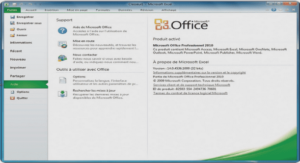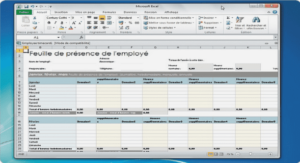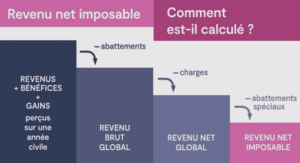Individual blade pitch control of FWT
In the previous chapters, the controllers based on nonlinear approaches (SAST, ASTW,…) have been designed based on the collective blade control technology. Generally, these controllers have better performances in term of control objectives, i.e. power regulation and platform pitch reduction than the baseline GSPI. Moreover, structure loads have been also compared with those obtained by the baseline controller and the controllers provide satisfying results. Notice that the load reduction is not a specific control objective; it is checked after the control design in order to make sure that the controllers do not excite large structure loads. In fact, the structure loads are become more and more important with the increasing capacity and flexibility of wind turbines; such loads are harmful to the system, reduce the service life and increase the costs of maintenance (Petrović, Jelavić, and Baotić 2015; Menezes Novaes, Araújo, and Bouchonneau Da Silva 2018). Floating wind turbines, especially need to withstand wind, waves and complex marine environments as well as the motions excited by the floating structure. All of those factors induce much larger structure loads than con- ventional onshore wind turbines (Jason Mark Jonkman 2007). Therefore, reducing the fatigue loads is a key-point (E. A. Bossanyi 2003; Menezes Novaes, Araújo, and Bouchonneau Da Silva 2018) for wind turbines. The control strategy must provide an efficient solution for such problems and appears crucial for floating wind turbine systems.
Therefore, besides regulating the power and reducing the platform pitch motion, the controller pro- posed in this chapter takes the load reduction into consideration. Among the structure loads, the load of blade root, being the source of the loads for the rest of the structures, is one of the most important (Jelavić, Petrović, and Perić 2010). Hence, it is specifically considered as a control objec- tive by introducing an additional control loop based on the IBP control approach. To this end, the CBP controller proposed in Chapter 2 an IBP controller will be used in combination. Part of the modeling presented in Chapter 1 is used for the CBP control, an IBP control model is proposed. Then, ASTW algorithm is used making it possible to meet expectations. The main purposes of the controllers designed in this chapter are the limitation of the power at its rated value, the reduction of the platform pitch motion and the attenuation of the blade flap-wise root moment. The two first objectives can be achieved by the CBP control while the third one is fulfilled by IBP control. Since the CBP and IBP controllers can be separately designed as two independent control loops (see details in the sequel), two models are introduced in this section: the first one is the reduced CBP control loop model, whereas the second one is the reduced IBP control loop model which is acting on the behaviour of the blades.
and their derivatives) are in the rotating frame of reference located in each blade respectively, the periodic information in the rotating frame is lost while averaging. Therefore, the multi-blade coordinate (MBC) transformation (G. Bir 2008), also known as Coleman transformation, is applied. Such coordinate transformation allows to transform the rotating frame into the non-rotating one. Then, the average process can be performed after the transformation; as a consequence, the periodic information on the blade can be kept. By applying the MBC transformation, the system (4.2) in the rotating frame is transformed into the non-rotating frame system (4.10). Therefore, the system metrics can be averaged after the MBC transformation without loss of the periodic information that depends on the rotor azimuth angle ψ. By this way, the controller can be designed in a straightforward way without considering the periodic dynamics. Then, the averaged state space model after MBC transformation reads as Recall that the control objectives in this chapter are to ensure the power output at rated mean- while reducing the platform pitch motion and reducing the flap-wise load of blades. In the previous sections, both the first control objectives (power, platform pitch motion regulation) are achieved by collective blade pitch control. Here, the blade load (especially the blade flap-wise load) alleviation is also considered and can be ensured by separately adjusting the pitch angle of each blade, namely, by using the individual blade pitch control (E. A. Bossanyi 2003; Selvam et al. 2009; Van Engelen 2006).




